Professor Letter of Recommendation Template Guide
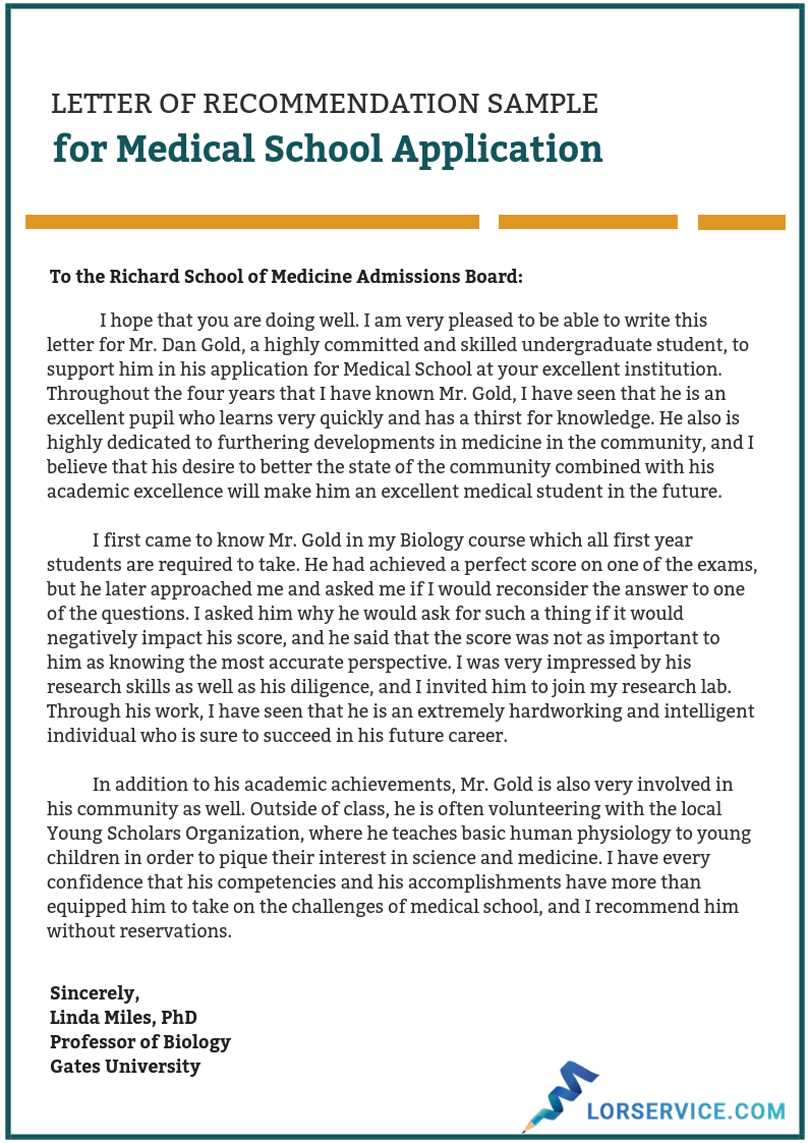
When applying for academic programs or job opportunities, a strong endorsement can significantly impact your chances of success. A well-written reference serves as a testament to your skills, work ethic, and character, often being the deciding factor for your candidacy. Knowing how to craft such a recommendation is essential for both the writer and the recipient.
In this guide, we explore the key components of a compelling academic reference. We will discuss how to structure the content effectively, highlight the most important traits, and avoid common pitfalls that could weaken the message. Whether you’re crafting this on behalf of a student or preparing one for a peer, understanding these principles will ensure your words make the right impression.
Crafting a strong academic endorsement involves not just listing achievements, but capturing the essence of the individual’s potential. By providing specific examples and focusing on qualities that align with the opportunity at hand, the endorsement can become a powerful tool in shaping the future of the person you’re supporting.
Understanding the Importance of Academic Endorsements
In academic and professional settings, an endorsement can be the critical factor that influences decisions on admissions, scholarships, or job placements. These personalized documents offer a deeper insight into a person’s abilities and character, often revealing qualities that are not visible in other parts of an application. A well-crafted endorsement strengthens a candidate’s profile by providing credible testimony from a respected individual.
The Power of a Strong Endorsement
Endorsements are not merely formalities; they are an opportunity to provide a unique perspective on someone’s strengths. When written thoughtfully, they can highlight key attributes such as dedication, critical thinking, and leadership skills, which are essential for success in academic or professional environments. This personal validation can be especially valuable when the applicant’s qualifications may not be immediately apparent through grades or previous experience.
Building Trust and Credibility
Having a respected individual vouch for your abilities adds a layer of credibility that can make a difference in competitive situations. A well-detailed endorsement, supported by specific examples of achievements, can help build trust between the candidate and the evaluator. These documents provide context that can often make an applicant stand out from others with similar academic or professional backgrounds.
How to Structure an Endorsement from a Mentor
When crafting a supportive document for a student or colleague, it is crucial to follow a clear and organized structure. The organization ensures that all important aspects are covered while maintaining a professional tone. A well-structured endorsement not only communicates your thoughts effectively but also makes a lasting impact on the reader.
Here are the key components to include in a strong endorsement:
- Introduction: Begin by introducing yourself and explaining your relationship with the candidate. This gives context to the reader and establishes credibility.
- Summary of Qualifications: Highlight the individual’s key strengths, focusing on their skills, achievements, and potential. Provide specific examples to back up these claims.
- Personal Attributes: Discuss the character traits that make the candidate a good fit for the opportunity. These can include qualities such as work ethic, enthusiasm, or leadership.
- Conclusion: End with a strong, positive recommendation. State your confidence in the individual’s ability to succeed and offer your contact information for further inquiries.
By following this structure, you ensure that your message is clear, detailed, and impactful, providing a comprehensive view of the candidate’s qualifications and suitability for the position or program they are applying for.
Key Elements in a Strong Endorsement
A well-written endorsement goes beyond generic praise. It serves as a powerful tool to demonstrate the unique qualities and potential of an individual. To be effective, it should focus on specific characteristics, achievements, and experiences that support the candidate’s suitability for the position or program they are applying for.
Specificity and Examples
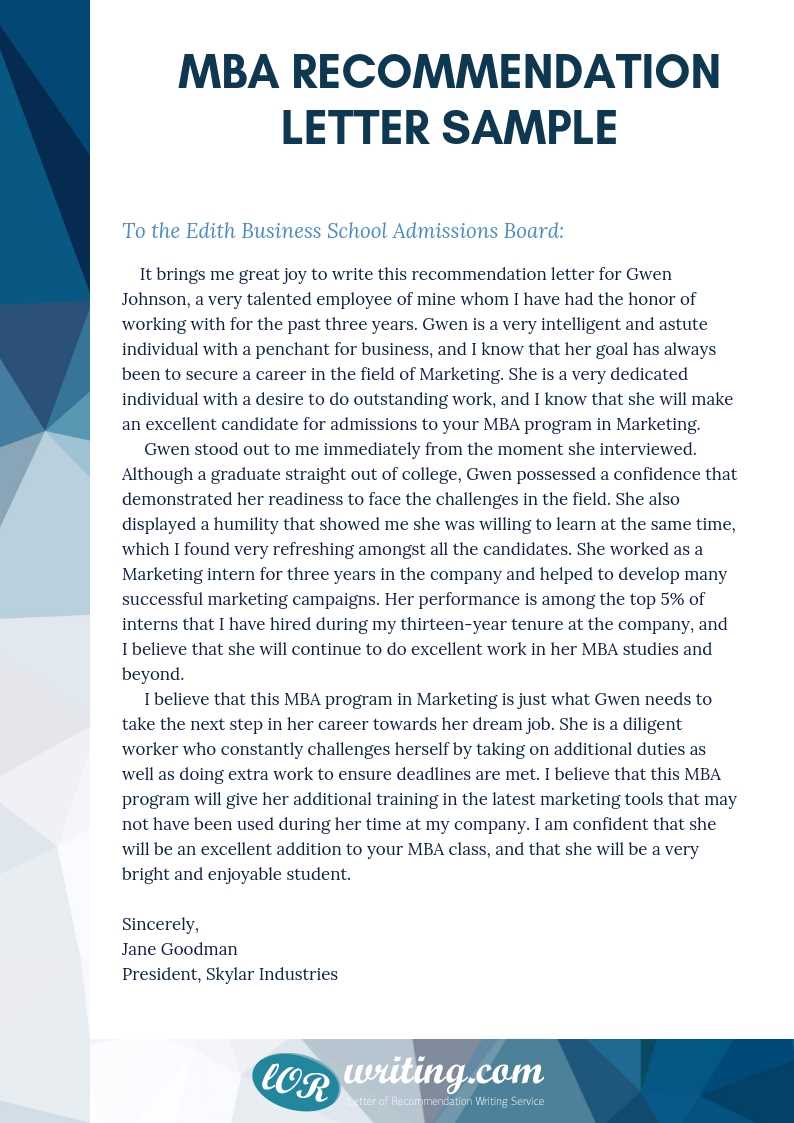
One of the most crucial aspects of a strong endorsement is specificity. Instead of making general statements, focus on real examples that showcase the person’s abilities. Whether it’s a project they led, a challenge they overcame, or a skill they excelled at, specific examples add credibility to the endorsement and make it more compelling.
Personal Insight and Evaluation
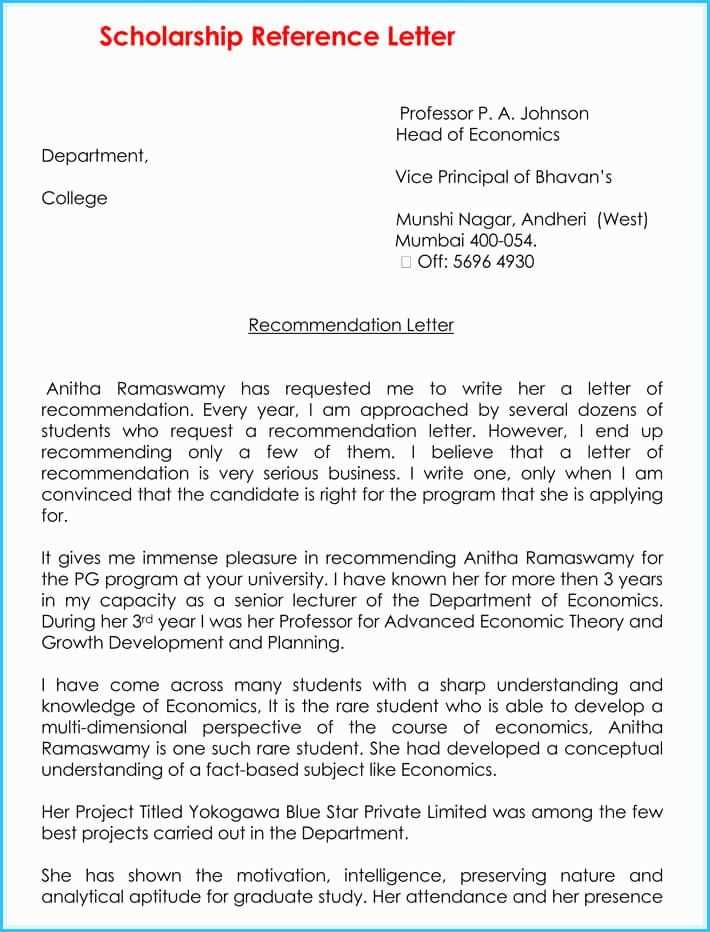
A truly impactful endorsement provides personal insight into the individual’s character. It’s important to evaluate not only the professional or academic achievements but also the personal traits that contribute to their success. Highlighting attributes such as dedication, perseverance, and teamwork can greatly enhance the endorsement’s overall effectiveness.
Personalizing the Document for Your Needs
To create a truly impactful document, it’s essential to tailor the content to the specific situation or person involved. A generic endorsement lacks the personal touch that makes it stand out. By customizing the message, you can highlight the most relevant qualities and achievements that align with the opportunity at hand.
Customization starts with understanding the purpose and the audience. Whether it’s for an academic program, a job application, or a scholarship, the focus should be on the skills and attributes that are most valued in that context. For example, if the person is applying for a research position, emphasize their analytical skills and project experience. If the focus is on leadership, mention instances where they demonstrated initiative and guided others.
Additionally, including personal details such as the length and nature of your relationship with the candidate, along with specific interactions, will make the endorsement feel more genuine and credible. The more you align the content with the goals of the person you’re supporting, the more effective and memorable the endorsement will be.
Common Mistakes to Avoid When Writing
While drafting an endorsement, it’s easy to make mistakes that can weaken its effectiveness. To ensure that your words have the desired impact, avoid common pitfalls that might diminish the credibility or clarity of the message. Paying attention to these details is crucial in crafting a compelling and persuasive document.
Overgeneralizing and Lack of Specificity
One of the biggest mistakes is using vague language that doesn’t provide tangible examples. Without specifics, the endorsement loses its power to make a meaningful impact. Instead, focus on particular achievements and characteristics that support the person’s strengths.
Using Clichés and Generic Phrases
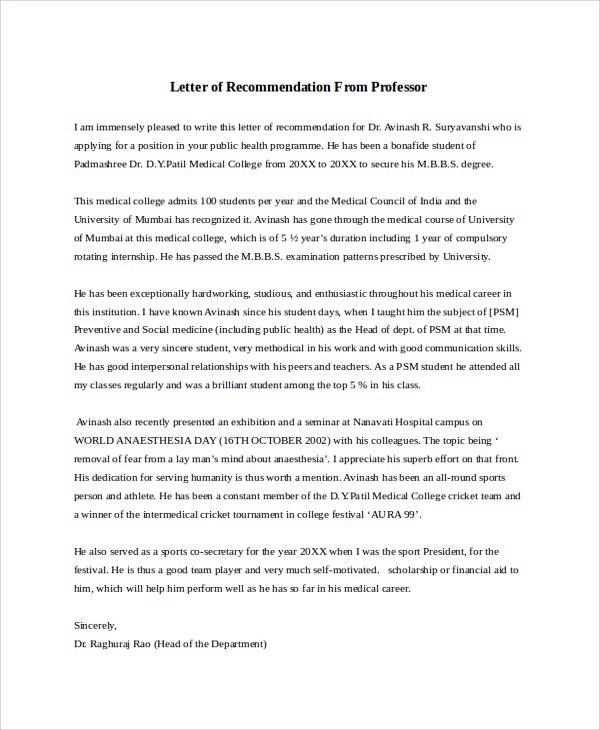
Another mistake is relying on overused phrases that don’t add value. Words like “hardworking” or “motivated” can seem hollow if not backed by concrete examples. Instead, showcase those traits through real-life scenarios that demonstrate the individual’s potential.
| Mistake | How to Avoid It |
|---|---|
| Overgeneralizing | Provide specific examples of skills and accomplishments |
| Using clichés | Include personalized anecdotes that highlight unique strengths |
| Being too brief | Ensure your endorsement is detailed and covers key areas |
By avoiding these common mistakes, your endorsement will be more effective, showcasing the individual’s strengths in a clear and convincing way.
Tips for Educators Writing Supportive Endorsements
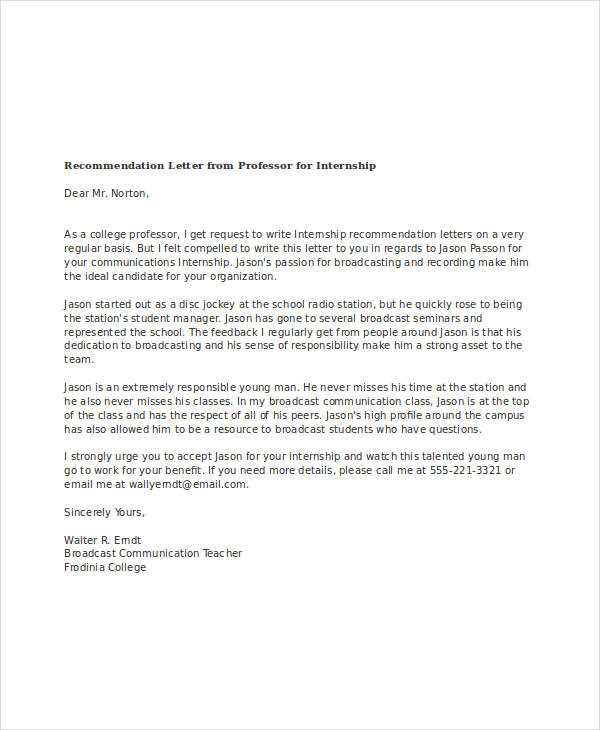
When educators are tasked with writing a supportive endorsement, it’s important to keep in mind the responsibility to accurately represent the student’s abilities and potential. A well-crafted document can significantly influence a student’s future opportunities, making it essential to follow best practices to ensure clarity and effectiveness.
Here are some tips to help educators write a powerful and personalized endorsement:
- Understand the Purpose: Make sure you know the specific opportunity the student is applying for, whether it’s a scholarship, internship, or academic program. Tailor your message accordingly.
- Be Specific: Provide concrete examples of the student’s achievements and skills. Avoid general statements and focus on instances that highlight their abilities.
- Highlight Personal Qualities: Don’t just focus on academic achievements. Showcase qualities like resilience, leadership, or work ethic that make the student stand out.
- Stay Honest: Only offer an endorsement if you truly believe in the student’s potential. Your credibility is key, and exaggerating qualities or accomplishments can harm the effectiveness of your message.
- Keep It Professional: Maintain a formal tone throughout the document, even when discussing personal traits. This ensures the endorsement is taken seriously.
By following these guidelines, educators can provide a thoughtful, compelling, and impactful endorsement that will help students succeed in their future endeavors.